Paul Murrell tests the 2019 Hyundai i30 Fastback N with pricing, specs, ride and handling, safety, verdict and everything the over-50 driver needs to know.
Summary: It wasn’t too long ago that Korean manufacturers would do anything to keep their cars, motoring journalists and race tracks as far apart as possible. With its N range, Hyundai can’t wait to show us just how good their performance cars have become.
2019 Hyundai i30 Fastback N
Pricing: From $41,990 (plus ORC) ($1500 more than the hatch, which recently went up by $500 to $40,490)
Warranty: Five-years, unlimited km (and won’t be invalidated if you use it on track)
Safety: not yet ANCAP tested
Engine: 2.0-litre 4-cylinder double overhead cam 16-valve turbo
Power: 202kW at 6000rpm
Torque: 353Nm at 1450-4700rpm (378Nm @1400-4200rpm on overboost) (the Hatch overboost applies from 1750rpm to 4700rpm)
Transmission: Six-speed manual (there will be an auto later in the year)
Drive: front-wheel drive
Body: 4455mm (long); 1795mm (wide); 1419mm (high)
Cargo area: 436 litres/1337 litres (more than the Hatch)
Turning circle: not stated
Weight: 1441-1520kg (also more than the Hatch, but only by 12kg)
Towing: not stated
Tyres: 235/35R19 Pirelli P-Zero HN
Spare: Temporary space saver
Fuel Tank: 50 litres
Thirst: 8.0L/100km (combined, minimum 95 RON, E10 compatible)
seniordriver consumption: not yet tested
[review]
You may recall our test of the Hyundai i30 N Hatch (http://www.seniordriveraus.com/hyundai-i30-n-2018-review/ if you’d like to refresh your memory) and yes, we were mightily impressed. We knew then that Hyundai had a range of N models waiting in the wings, and now we’ve had the opportunity to test the latest addition to the range, the i30 Fastback N (and before you ask, we don’t know why “Fastback” comes before “N”).
All the N attributes, just slightly toned down.
For many buyers, the i30N hot hatch will simply be too much of a good thing, and the Fastback fills a small but important niche for people who want performance but without quite so many compromises, although there is one significant missing element: the Fastback is a manual-only model, so if you’re determined to have automatic, you can stop reading now and navigate to another page, at least until later in the year.
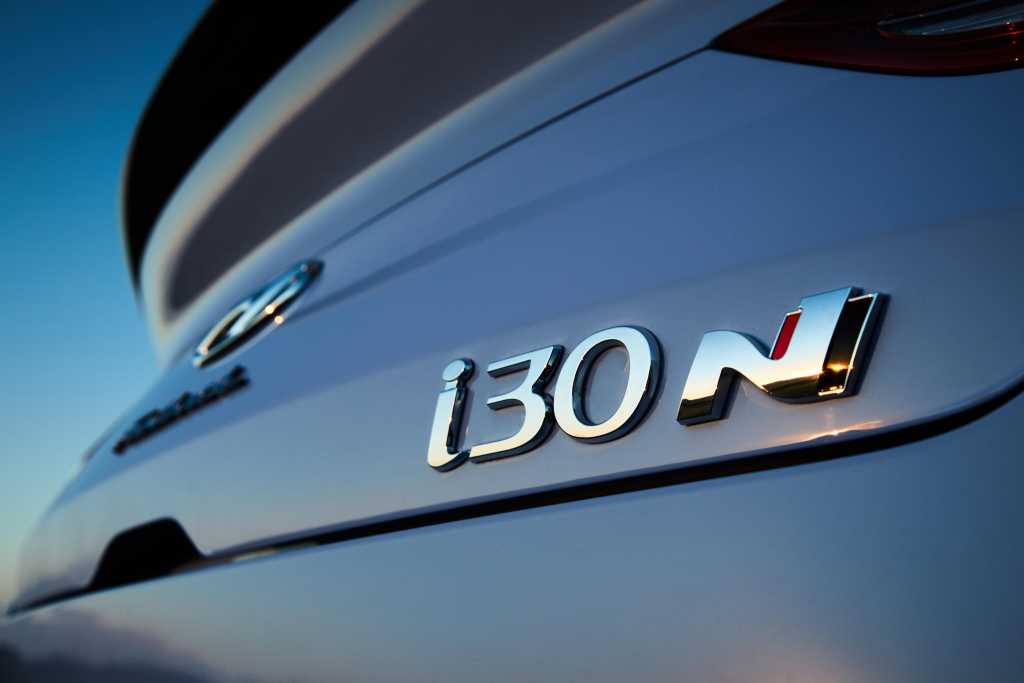
While the Fastback is closely related to the Hatch under the skin, the suspension has been revisited and the springs slightly softened, the front dampers have softer bump stops and all the dampers have been recalibrated and there’s a smaller diameter anti-roll bar.
As you’d expect, this makes the Fastback more forgiving over broken surfaces and a more relaxing drive all round, but don’t think for a moment it’s been turned into a boulevard cruiser; Hyundai is serious about the N appellation and wants it to stand for something.
After a day on the varied roads around Adelaide (which the other invitees did, but we didn’t participate in), we went to Tailem Bend and were let loose on the 4.95-kilometre International circuit.
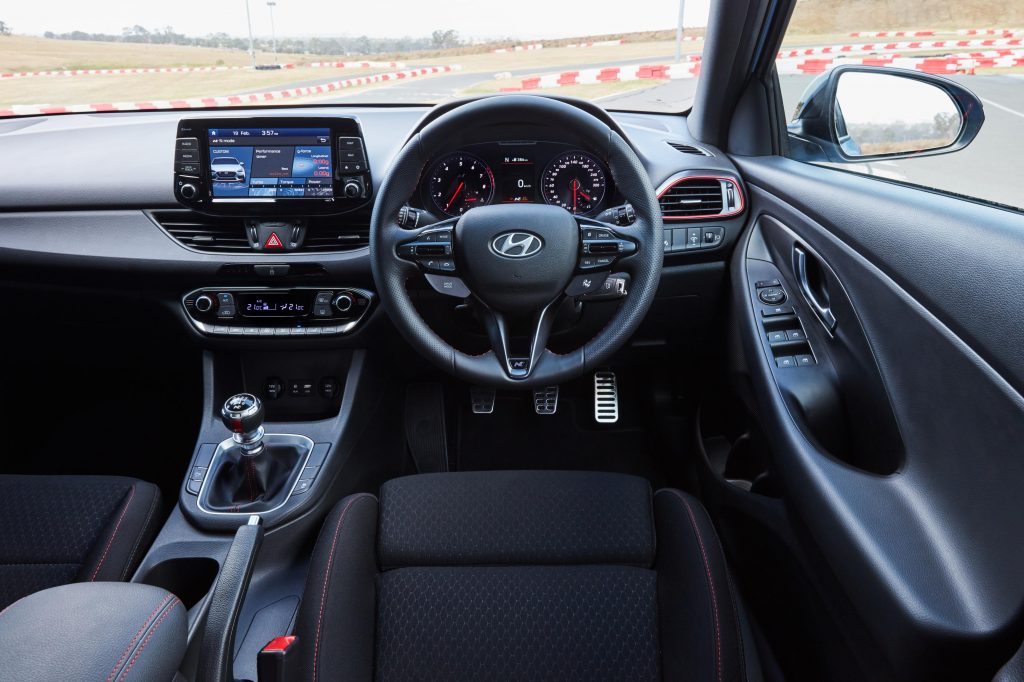
Finding the limits.
The i30 Fastback N was quite a surprise. After a few laps to familiarise ourselves with both the circuit and the car, we started pushing harder into corners and making better approaches onto the straight. In no time at all we were regularly exceeding 200km/h as we approached the sharp right-hander. That’s not particularly unexpected but what did raise our eyebrows was the way the brakes hauled the car back, not only the first time through, but time after time (we clocked up five laps on each outing). The brakes are an in-house design (Hyundai Australia senior manager of product planning Alex Tuatahi explained that using brakes from an external supplier such as Brembo was considered but would have pushed the car’s selling price unacceptably high). They aren’t quite as good as the very best performance brakes, but mightily impressive all the same.
Pulling hard out of sharp corners, the Fastback does exhibit some torque steer, but it’s well within acceptable limits. Come into a corner too hard or fast and the car will understeer, but put that down to driver failings rather than any inherent shortcoming of the car. If anything, the Fastback is perhaps even better for initial turn-in than the Hatch. And the steering weight and feel are very similar to our recollections of the i30N Hatch; in other words, almost perfect.
As you’d anticipate from a road car being pushed hard on a challenging track, there was some body roll, but remember, the car was being driven absolutely to its limits, and tyre pressures were as recommended for the road. Alex Tuitahi told us that in testing, they did more than 170 laps of Wakefield Park in one day and all that needed attending to was tyre pressures. “We even drove it back to Sydney after the day,” he added. In fact, the local tuning team have punted the i30 Fastback N around the Wakefield track for more than 700 laps, ensuring that any shortcomings have been identified and rectified.
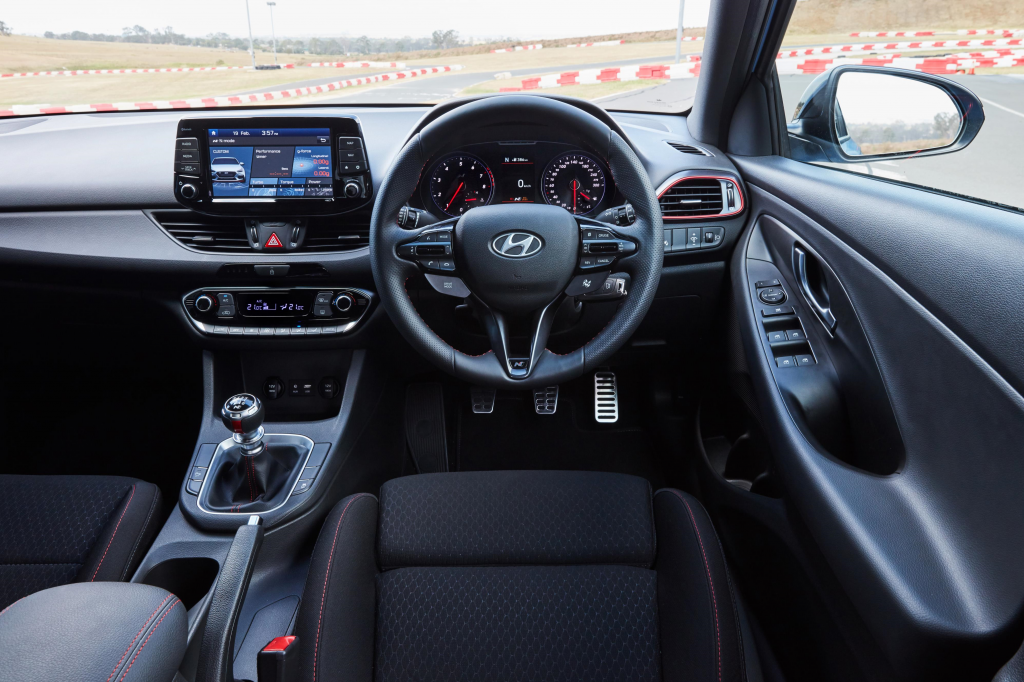
The gear change in the six-speed manual gearbox is crisp, although once or twice we grabbed fifth when we were really needing third – something that more time in the car would probably eliminate. We would have liked the pedals to be a little closer together to facilitate heel-and-toe changes.
The Fastback also sounds better than it has any right to. It crackles and pops like a demented rally car, blipping its own throttle on downchanges to impress onlookers.
While the quoted torque is 353Nm, the overboost function (for up to 18 seconds) belts that up to 378 between 1400 and 4200rpm – it got a real workout in our time on the track. Most corners at The Bend could be taken in third gear (apart from a couple of the tighter corners) and there was more than enough flexibility to use the torque all the way up to the 7000rpm redline (shift lights on the dashboard remind you not to hold gear longer than you should).
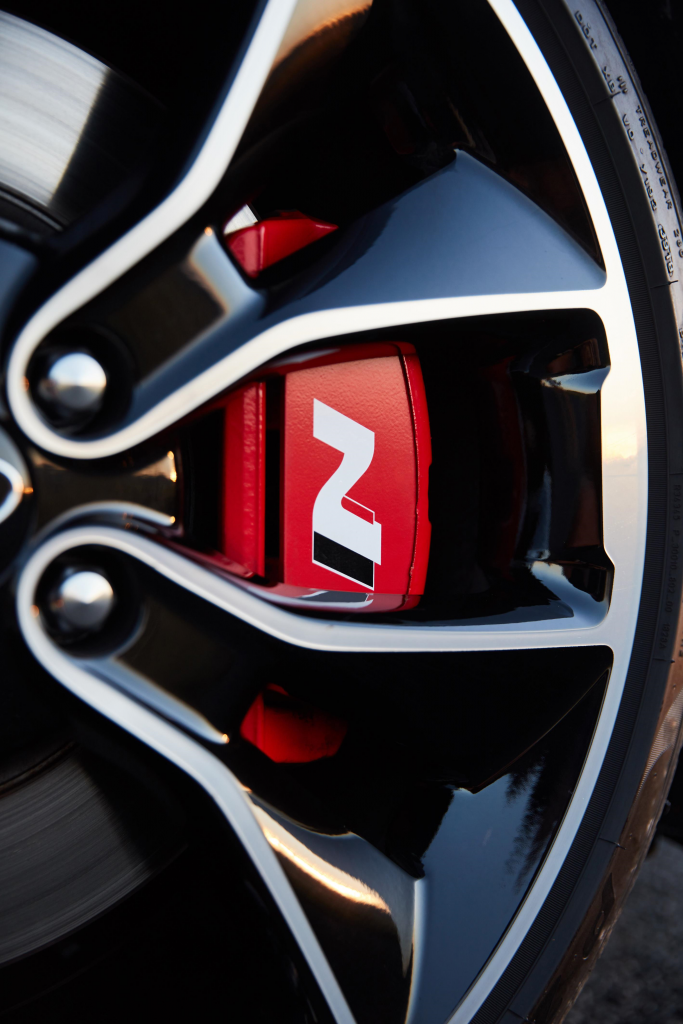
After each run, there was a strong smell of cooking brakes and clutches in pit lane. While the brakes never felt like they were going to let us down, the pedal did get a little soft towards the end of each five lap outing and the tyres, good though they are, felt like they were starting to suffer.
Off the track and onto the road.
As we said, we missed the road stage of the Fastback launch, but we did take off for a one-hour road loop of our own. While the roads around Tailem Bend aren’t the most inspiring, they did give us a good impression of the Fastback’s abilities as an everyday driver.
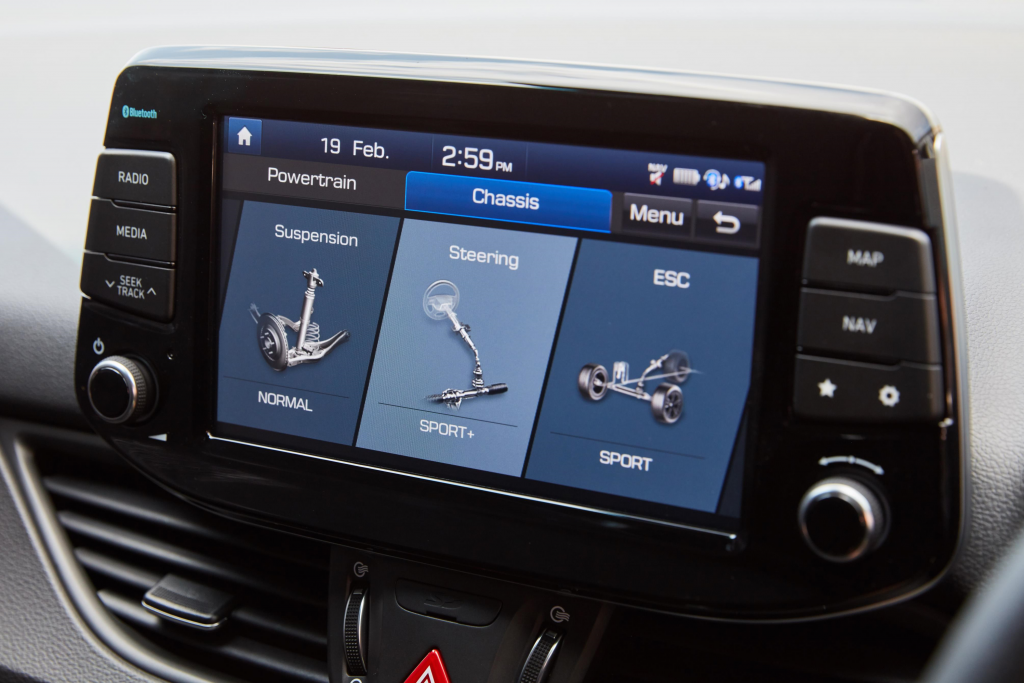
That slick gearchange encourages downchanges even when they aren’t strictly called for and the abundance of torque ensures smooth and rapid progress.
As was Hyundai’s intent, the Fastback is perhaps an even better all-round tool than the Hatch. And that extends to the design.
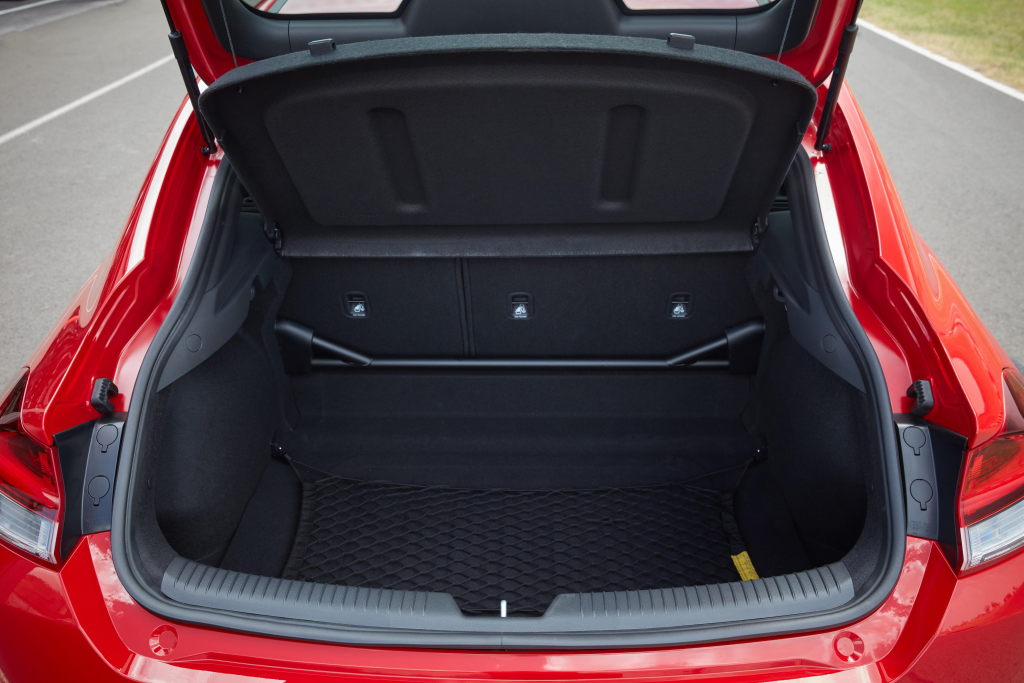
The Fastback is one of those half-hatchbacks/half sedan designs. It looks like a sedan, but there’s a useful liftback at the rear rather than a conventional boot, delivering a useful 436 litre capacity, 55 litres more than the hatch. Another bonus of the fastback styling is a seven percent reduction in drag (from 0.320 Cd in the hatch to 0.297 Cd).
It is 120mm longer and 28mm lower than the hatch, although it sits on the same 2650mm wheelbase.
An eight-speed dual-clutch automatic is scheduled to arrive later this year, as is pedestrian detection, adaptive cruise control, rear air vents and an electric park brake. Also arriving with the model update, blind spot monitoring and rear cross traffic alert will complement the current lane-keep assist and autonomous emergency braking. All (with the possible exception of the electric park brake) will be welcome and widen the appeal of the Fastback considerably.
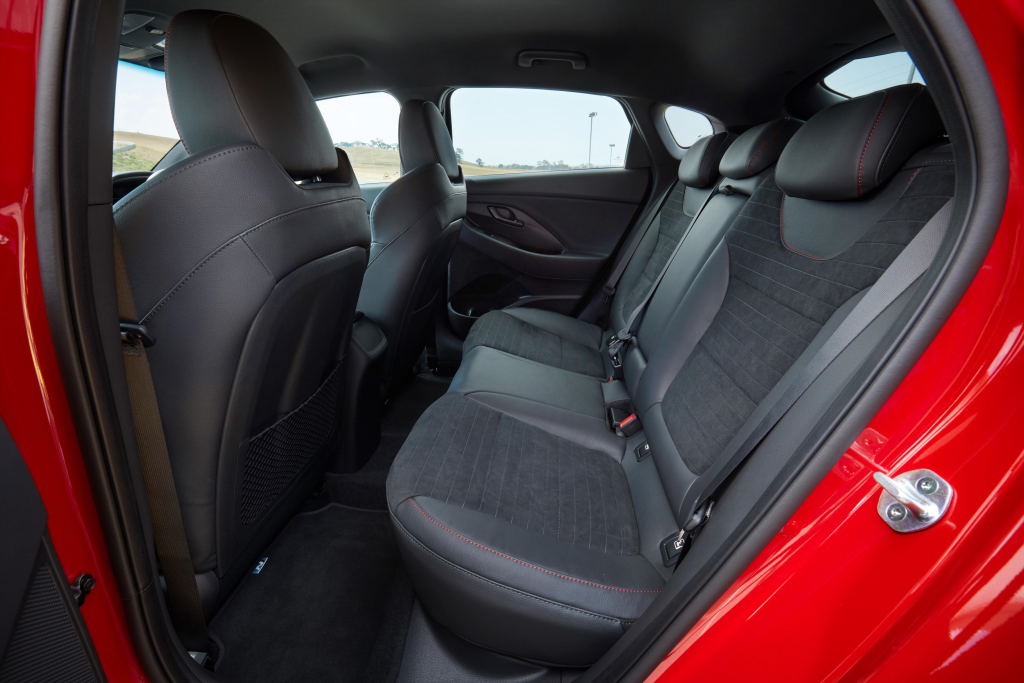
Read the equipment list and then remind yourself of the price.
Considering the headlining price of just under $42,000 (Hyundai Australia would have loved to have brought it in under the psychological $40,000 mark, but it just wasn’t possible), the Fastback is well-equipped in the idiom of performance cars: there’s the active variable exhaust system with twin tail pipes, electronically controlled adaptive suspension, electro-mechanical limited slip differential, launch control, 19-inch alloy wheels and high performance Pirelli tyres, tyre pressure monitoring (which had a tough time keeping tabs on the changing tyre pressures on the track, often lighting up when one or another tyre dropped a few PSI), red brake calipers, alloy sports pedals, sports body kit, black bezels around the auto LED headlights, gloss-black side mirror caps and five driving modes.
Also included in the package are an 8-inch touchscreen, sat nav, Apple CarPlay and Android Auto, digital radio, 4.2-inch multi-function display, LED tail lights and daytime running lights, reversing camera, rear parking sensors, front sports seats, leather trimmed steering wheel, dual-zone climate control, red accents and seat stitching, black headlining and dark metal trim.
At an additional $3000, the Luxury Pack adds rain-sensing windscreen wipers, power folding side mirrors with puddle lights, front parking sensors, rear privacy glass, keyless entry and start, 12-way power-adjustable front seats with heating and memory for the driver, suede and leather accents for the upholstery, heated steering wheel, wireless smartphone charging and auto-dimming rear view mirror. It’s a good value package but we’d suggest most people won’t miss most of these features if they choose to forego the extra expense. The $5000 Luxury Pack adds a panoramic glass sunroof, something we almost always advise against (and are almost always ignored) because of the greater heat generated inside the cabin and the weight of the glass and mechanism raising the centre of gravity. Metallic or mica paintwork is a further $495 option.
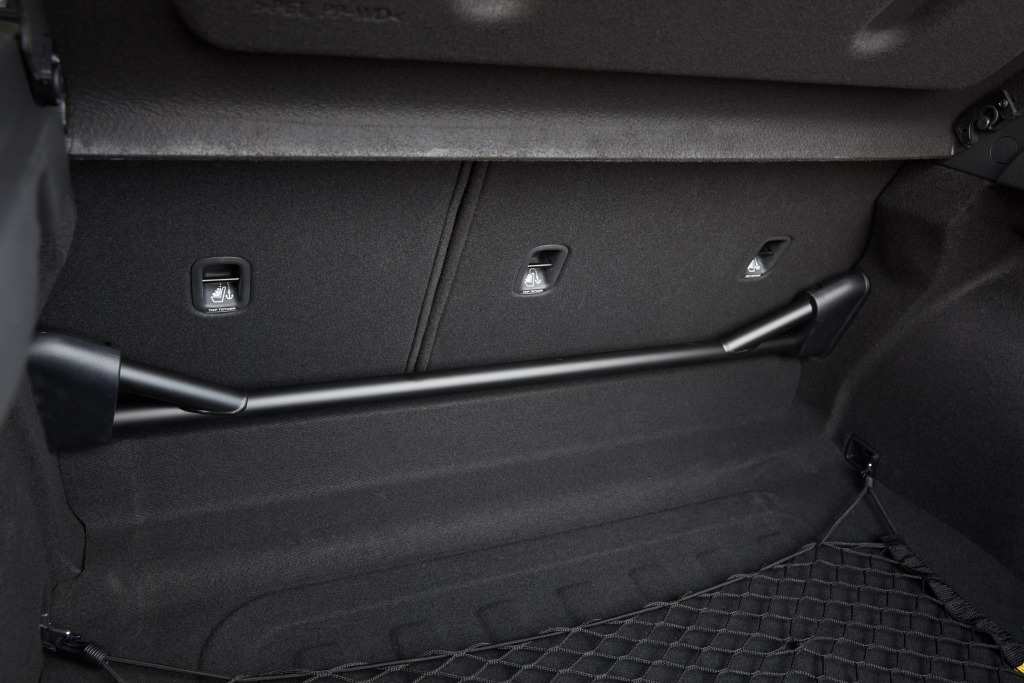
A growing fan base.
It hasn’t taken long for savvy buyers to catch on to the cachet of the N badge. Since the Hatch arrived, Hyundai has sold 800 and is holding orders for a further 1100.
The N Owners Club is growing and indicates the respect already engendered for the N range. It can only increase as more models are added to the range. Alex told us that he regularly gets positive responses from Audi RS3 owners, Mercedes-Benz E63 owners and Golf GTI drivers, a clear indication of how performance drivers see the brand.
An important consideration for enthusiastic drivers, especially those who intend to get in some track time, is that the five-year/unlimited kilometre warranty covers non-competitive, non-timed track use.
Hyundai ownership costs.
Hyundai offers capped price servicing available for the first five services every 12 months or 10,000km at a very reasonable $299 for each, other than the more major fourth service that is still only $399.
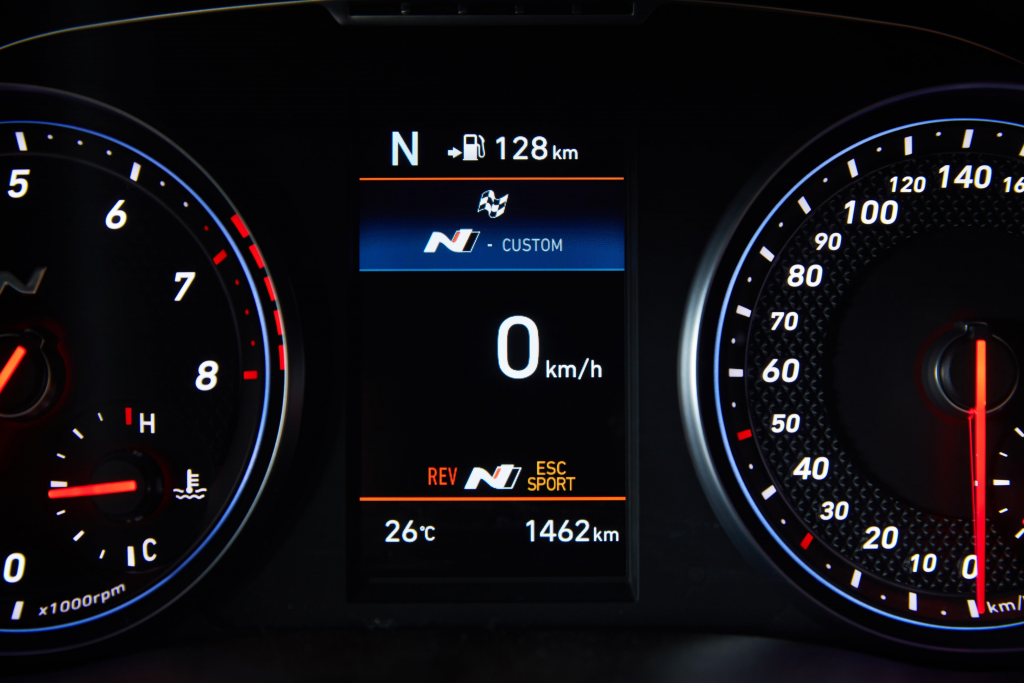
Summary.
The Hyundai i30 Fastback N has the credentials to appeal to a wider audience than the i30 N hatch. It’s more practical, and easier to live with day-to-day. It’s well balanced, fun to drive and remarkably affordable. All in all, we can’t wait to see what else Hyundai has planned for its N line-up.
